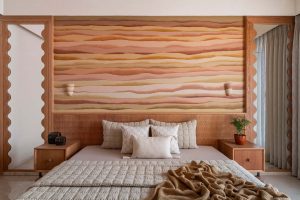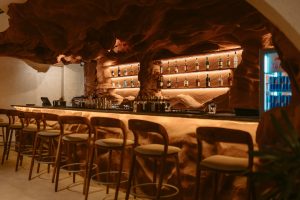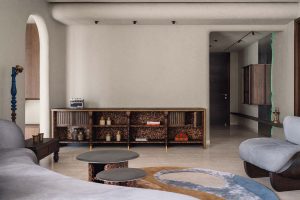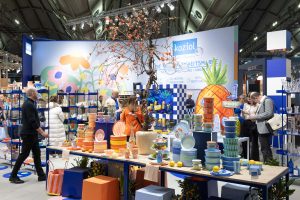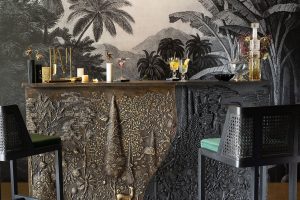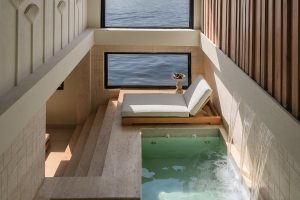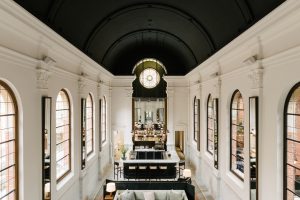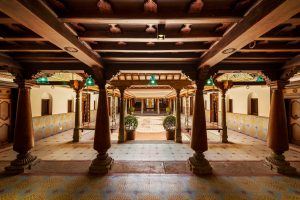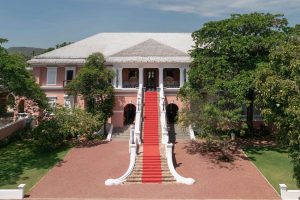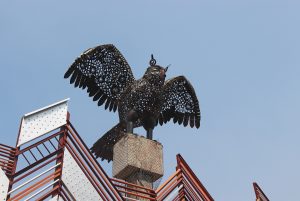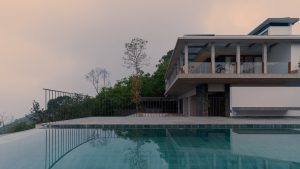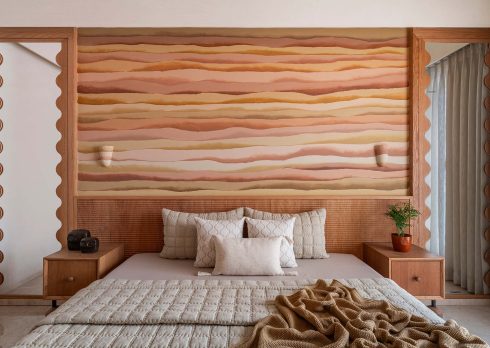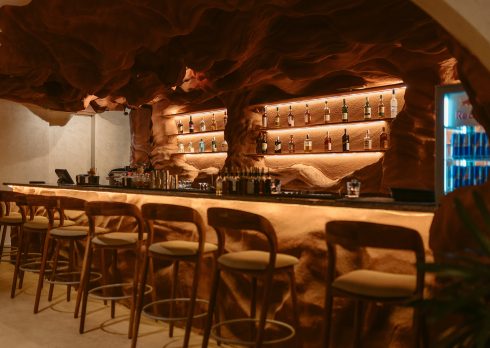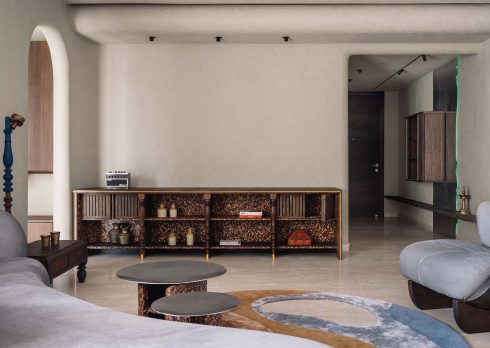Now Stay In These Timeless Geoffrey Bawa Properties In Sri Lanka
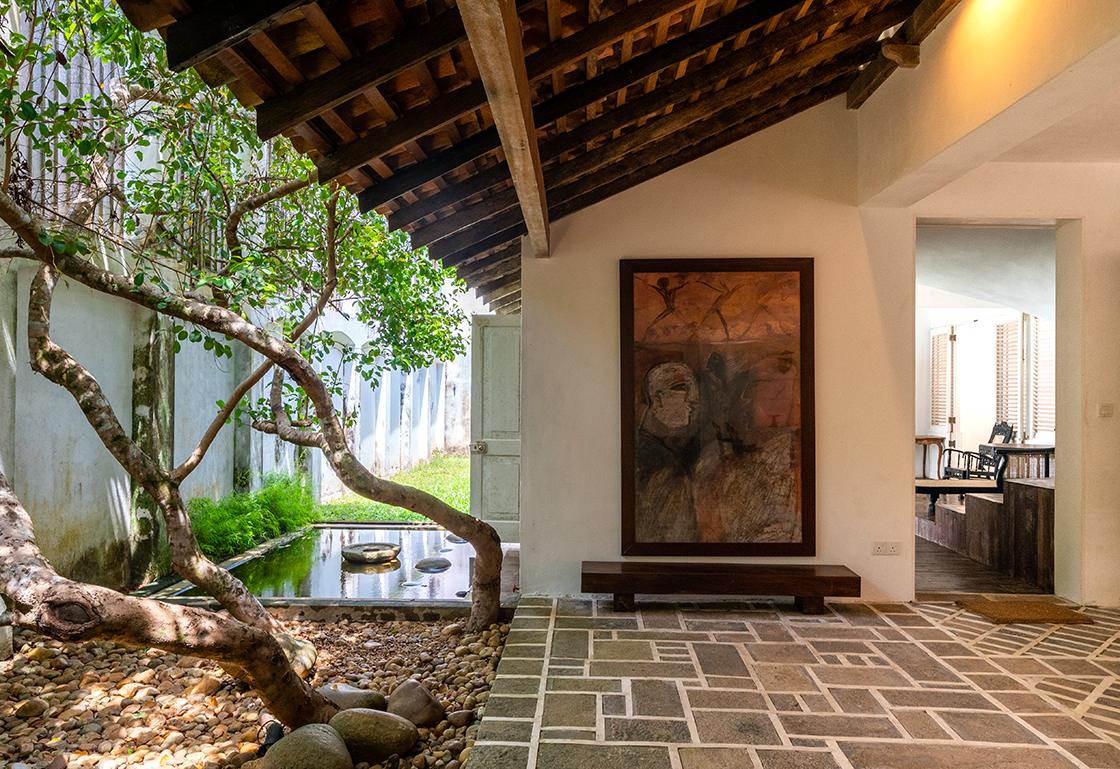
When one glances through the architectural developments of the 20th century; the buildings designed by Geoffrey Bawa cannot be missed. The Sri-Lankan architect infused local soul into the modern movement that was flourishing all over the world. Spaces designed by Geoffrey Bawa, an Aga Khan Award recipient, still reflect a timeless charm as if they reside in the past, present and future simultaneously. They are strongly rooted in the cultural and ecological landscape; effortlessly marrying the traditional building craft with international aesthetic. For him, the art of space-making involved a careful crafting of design elements with a sensitive approach to curating the spatial experience of the resulting built-form. His intrinsic ability to root the spaces in their local context has been critically acclaimed and published at large across the globe.
“ A building can only be understood by moving around and through it and by experiencing the modulation and feel of the spaces one moves through – from the outside into the verandah, then rooms, passages, courtyards. Architecture cannot be totally explained but must be experienced. ” – Geoffrey Bawa
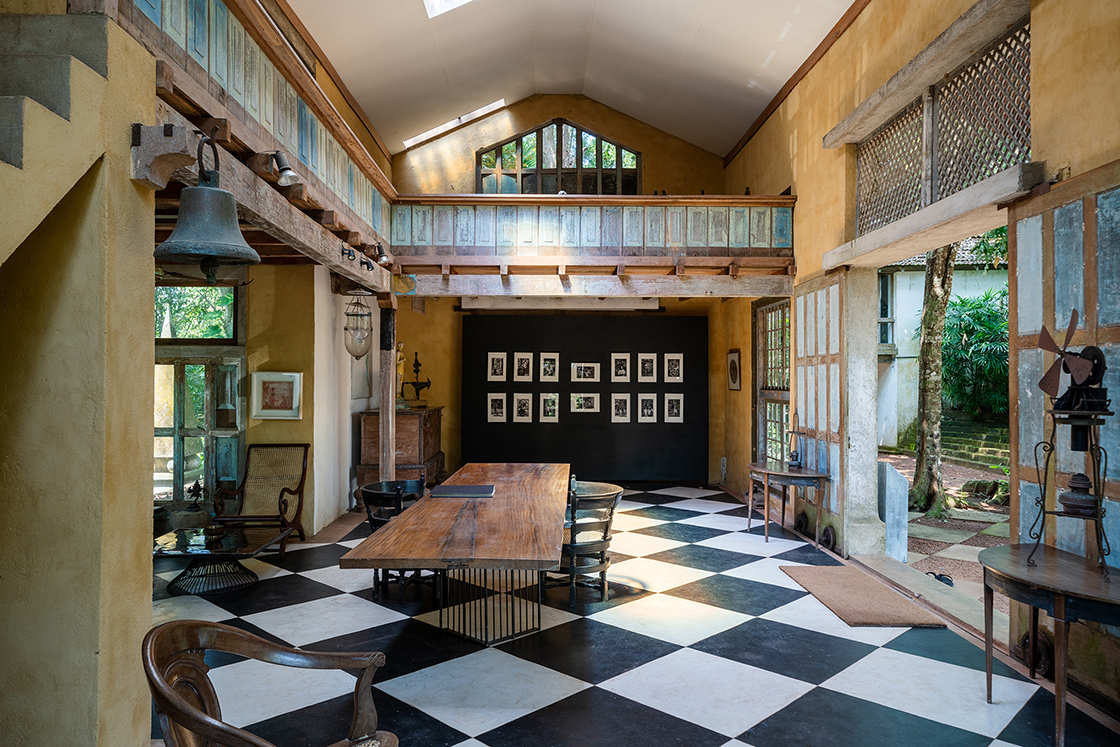
Fast forward to current times, the Geoffrey Bawa trust has now brought the design sensibilities of this world-renowned architect open for public experience through its multiple initiatives such as spaces for hire, virtual exhibitions, accommodation, and workshops. In these challenging times, experiencing spaces designed by Geoffrey Bawa either in person or virtually is a much-needed pleasant respite. We at Design Pataki peek into the various ways in which architecture by Geoffrey Bawa can be experienced.

Stay / Accommodation / Visit Options:

1) Lunuganga
Lunuganga estate, Bentota is amongst Bawa’s seminal works which he developed over a span of 40 years. It is currently run as a country house boutique hotel offering various private suites. These suites have been preserved with all the details as designed by the architect. One can notice the presence of modern furniture comfortably set-in response to the traditional antique aesthetic of the rooms. The stay options also have all the modern facilities of air-conditioning, hot/cold showers, and internet connection. Residing in these suites is akin to being nestled in an interlude of time and space. In all the stay options of the estate, the built form seamlessly merges into the un-built landscape with calming views of the Dedduwa lake and garden.
The main bungalow and terraces can be hired separately for private events. The estate also has garden tours along with performance areas which are open to the public via prior reservation and upon following all Covid safety protocols.
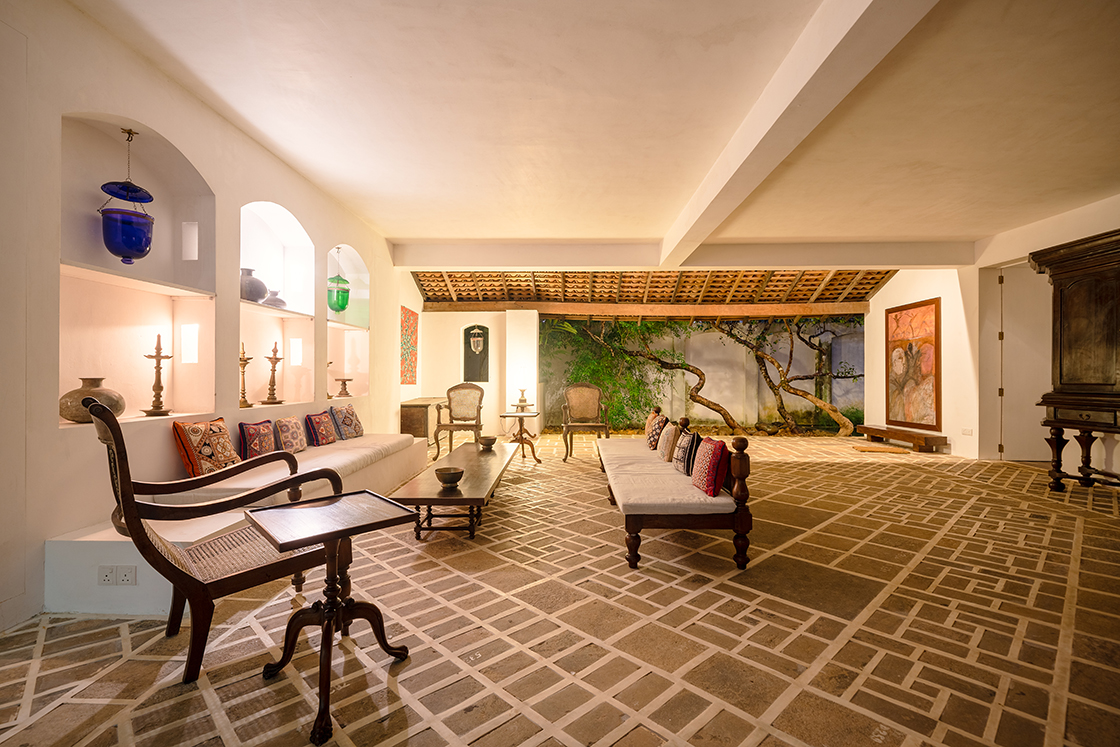
The de Silva house was designed in the 1960s for the Batik artist Ena de Silva and her husband Osmund de Silva. Nestled amidst the rapid urbanization of Cinnamon Gardens in Colombo city, it incorporated the soothing spatial organizations of urban courtyards.
The house was later disassembled from its original location at Colombo and relocated to the Bawa estate. While relocating the house to Lunuganga gardens, careful attention was paid by the team in maintaining the original charm of the house by replicating its orientation, reassembling the materials through a detailed catalogue process, conducting plaster research analysis to bring alive the finishes texture that Bawa originally used for the house.
One can notice Geoffrey Bawa’s attention to detail come alive in various spaces such as courtyard pillars made from trees, the juxtaposition of raw materials, the play of light and shadow and incorporating decorative art objects which enliven these raw spaces. It truly is an architectural marvel that celebrates the place it’s situated in and has a dialogue with its context.
The central courtyard and adjacent living room can be hired for events, while a few rooms can be hired for conducting workshops.

3) Number 11
The design of Bawa’s pied-à-terre and office studio i.e., the Number 11 house, Colombo is an amalgamation of the architect’s personal design aesthetic. The making of the house was a work in progress for several years as an eclectic composition of living and workspaces designed amidst an intimate network of four row houses.
Currently, the trust has kept two-bedroom suites open for stay option upon prior reservation by a single party. They are cautious of not letting the spaces be used completely as a hotel. There is also an option of a 45-minute visit of the entire residence.
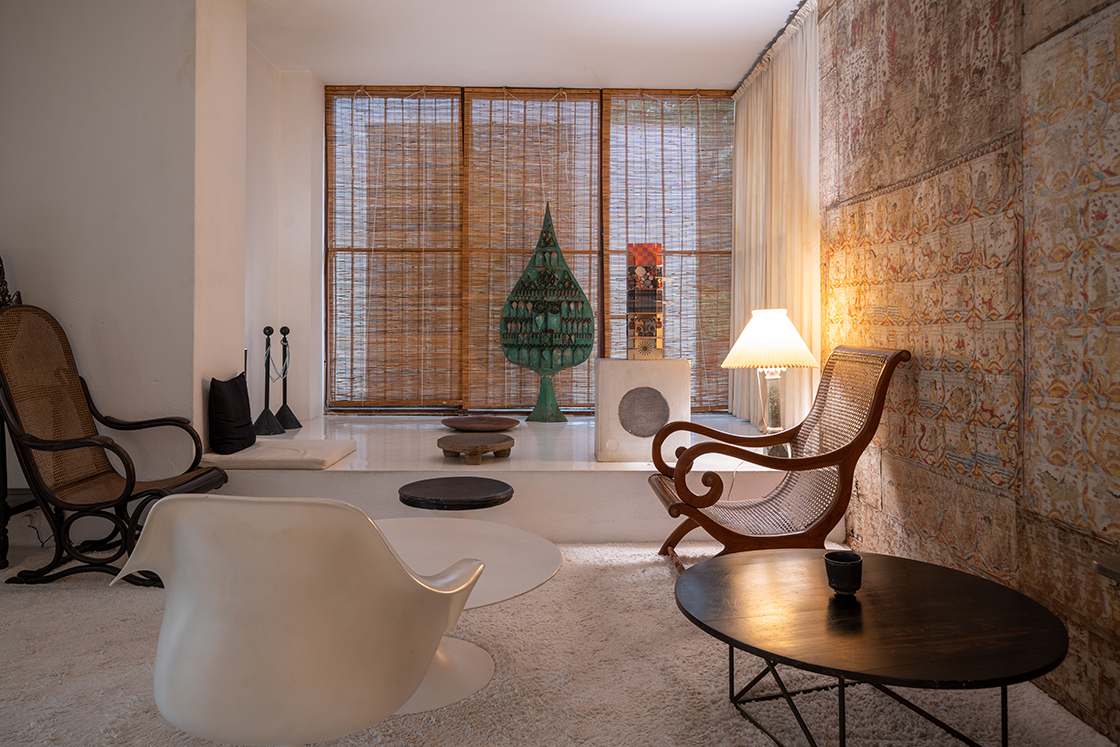
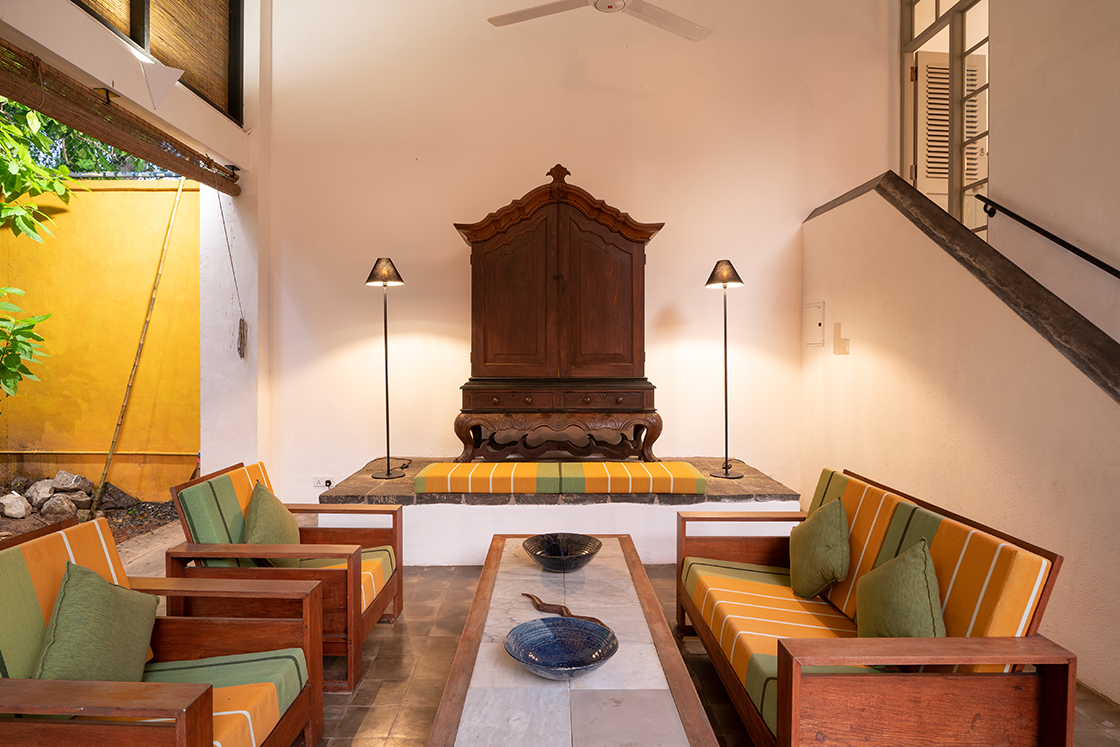
The house is thoughtfully curated with an expansive collection of artworks from the ’43 Group. It displays a wide array of both Bawa’s and the de Saram family’s art collection.
Further, The Geoffrey Bawa Trust Residencies Programme is a refreshing opportunity for creative individuals to live and work at the mesmerizing spaces of De Saram house.
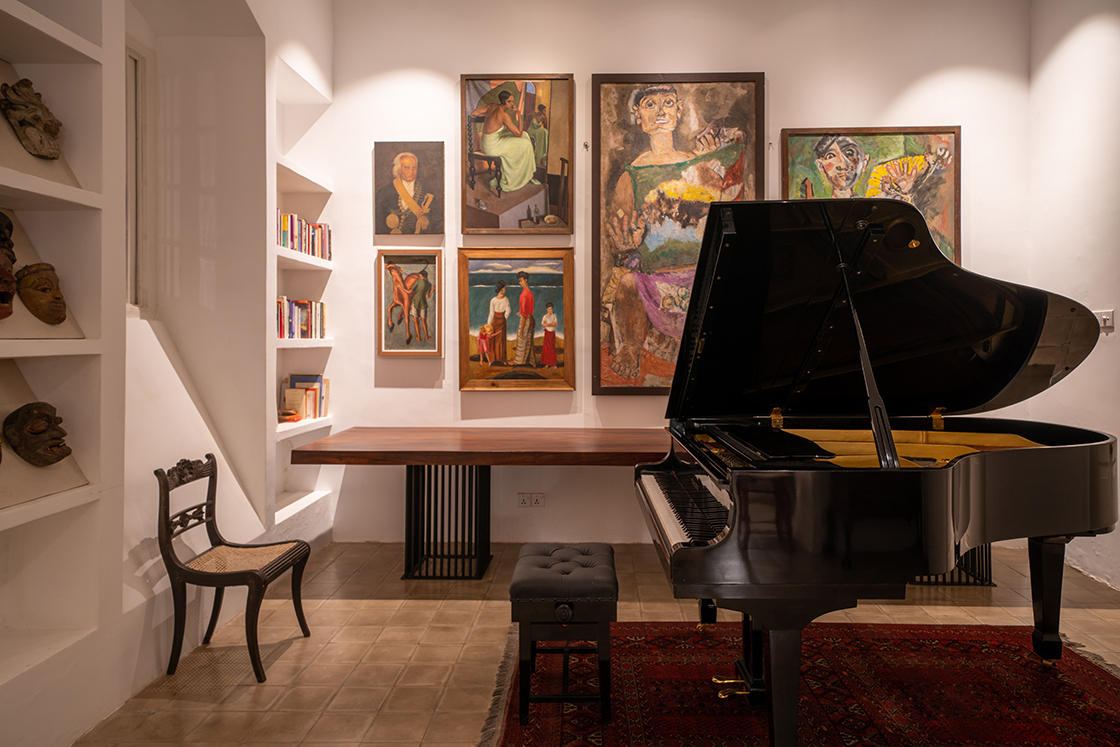
These various options of living, working and taking a glimpse into the numerous exhibitions in the spaces designed by Geoffrey Bawa are a must to be explored the next time you visit Sri- Lanka. The Geoffrey Bawa Trust has also set up an online shop where you can buy a souvenir from the diverse range of postcards, prints, limited edition collections and home décor options.

